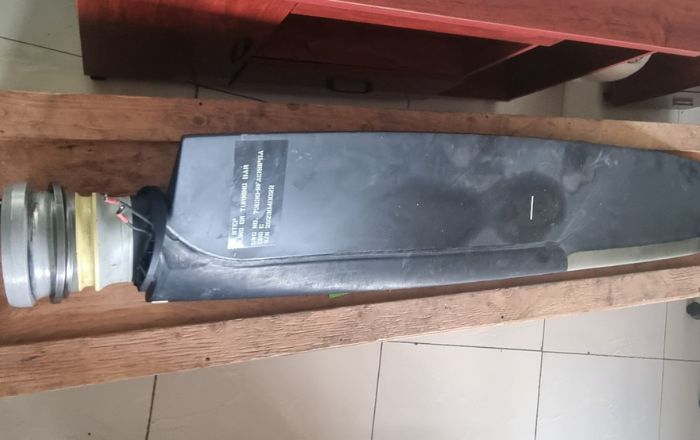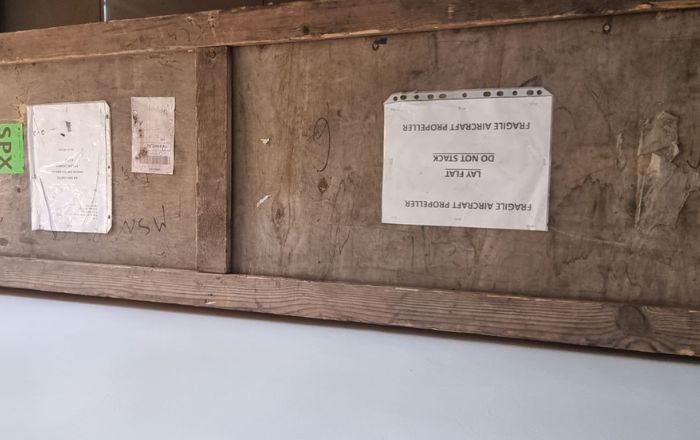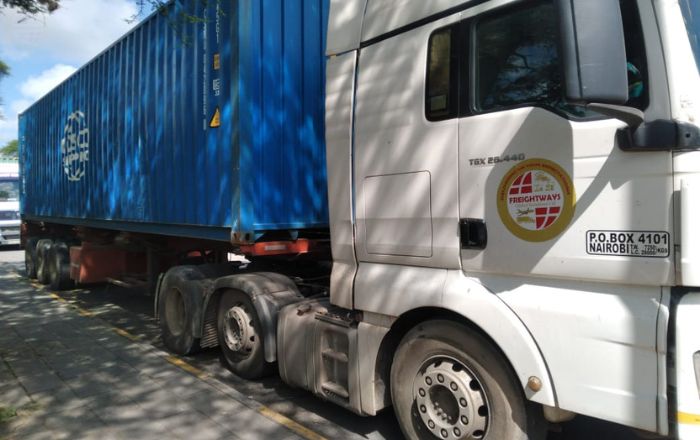We airlifted and maintained the integrity of propellers recently on behalf of our aircraft, engines, propellers, appliances, and components AMO & AOC client from Kenya to Europe.
We provide parts airlifting for the same client monthly from the USA, Canada and to several countries in Africa.
Transporting aircraft parts requires careful planning and execution due to their size, weight, and sensitivity. Proper packaging, adherence to regulations, and specialized handling are crucial for safe and efficient transport, especially in AOG (Aircraft on Ground) situations.
Key Considerations:
Regulations:
Adhere to strict aviation industry standards and regulations, including those set by the FAA, for handling and transportation.
Packaging:
Robust packaging is essential to protect parts from damage during transit. This may involve custom crates, pallets, and dunnage, depending on the part's size and shape.
Handling:
Proper handling techniques are vital, especially for larger parts. Use appropriate lifting slings and equipment, ensuring they are correctly attached and positioned to avoid damage.
Transportation:
Specialized transportation methods may be required, including heavy haul trucking for oversized parts, and air freight for urgent deliveries.
Climate Control:
Some parts may require temperature-controlled environments to prevent damage from temperature fluctuations or humidity.
Route Planning:
Plan the transportation route carefully, considering road conditions, bridge clearances, and other potential obstacles.
Real-time Tracking:
Utilize shock-event recording devices to monitor the condition of parts during transit and identify any potential issues.How Freightways Packed and Transported Airplane Propellers
The most important thing to get right when it comes to aircraft parts packaging is ensuring the packaging can withstand inevitable turbulence during transportation. We offer our logistic solutions based on crucial freight-packing practices:
- All airplane propellers should always be transported in a propeller shipping box or robust crate and securely packed and padded with foam contours and other supports to protect delicate surface coatings. Padding and protection also absorb impact from handling and traveling on conveyor belts, etc.
- Airplane propellers must be packed horizontally on support, supporting the propeller hub, or suspended at the attaching holes in the hub.
- During storage, propeller blades should be protected by protective covers. In the event of long-term storage, it is recommended to clean the propeller hub and blades with a detergent and lukewarm water before packaging.
- Airplane propeller blades should also be protected by protective covers if transporting the propeller in a disassembled state. Wrapping the blades and hub with several layers of cardboard, bubble wrap, or blankest prevents direct contact during shipping.




